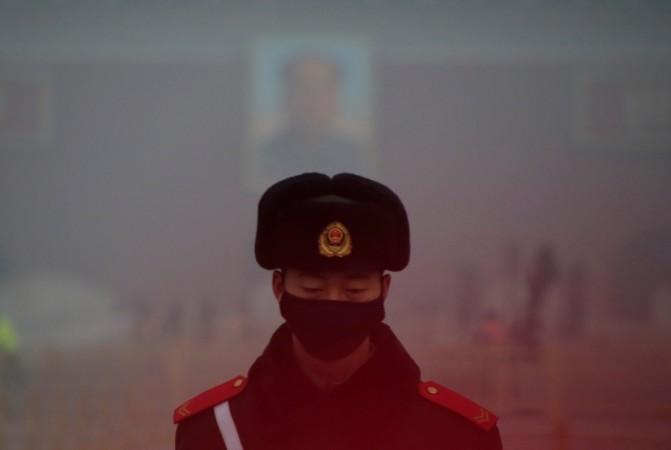
By the end of 2017, the carbon dioxide (CO2) emissions that push global warming are projected to rise by about two percent after three years of relatively flat growth, scientists reported at UN climate talks on Monday.
According to scientists, global fossil fuel emissions will reach 37 billion tons of carbon dioxide in 2017, with total emissions reaching a record 41 billion tons, including deforestation, which also contributes to the overheating of the Earth in addition to the burning of oil, gas and coal.
"This is very disappointing," Corinne Le Quere, director of the Tyndall Centre for Climate Change Research at the University of East Anglia and the lead author of the study detailing the findings, said in a statement. "With global carbon dioxide emissions from all human activities estimated at 41 billion tonnes for 2017, time is running out on our ability to keep warming well below two degrees Celsius let alone 1.5 degree Celsius."
The 196-nation Paris Agreement, which was adopted in 2015, called for restricting global warming at two degree Celsius below pre-industrial levels. As only one degree of warming is enough to misbalance the planet by triggering deadly heatwaves, droughts and superstorms, the treaty also vowed to explore the possibility of capping the warming at 1.5 degree Celsius.
"This year's carbon budget news is a step back for humankind," Amy Luers, executive director of Future Earth, which co-sponsored the research, said in the statement. "We must reverse this trend and start to accelerate toward a safe and prosperous world for all."
The factors that helped limit CO2 emissions from 2014 through 2016 included better energy efficiency, increased use of renewable resources and reduced coal use in China. While stalled CO2 emissions raised expectations that the world had started to recover, the news that emissions are now rising after a three-year hiatus dashed all hopes.

China, where emissions are projected to grow by approximately 3.5 percent in 2017, leads that increase by accounting for 28 percent of global emissions. The use of coal in the country is expected to rise by three percent due to stronger growth in industrial production and lower hydro-power generation due to less rainfall.
In India, the world's fourth-largest emitter after the US and the European Union, emissions are projected to grow by two percent, down from a 6.7-percent increase the year before, thanks to "significant government interventions in the economy."
In the US, emissions are projected to decline 0.4 percent, compared to 1.2 percent annually over the previous decade. European emissions, on the other hand, are tentatively expected to decline by 0.2 percent, lower than the annual decline of 2.2 percent averaged over the previous decade.
"The green economy is booming in China and elsewhere, but growing energy demands are also being met with new oil, coal and natural gas infrastructure," Rob Jackson, a Stanford University scientist, said in a statement, adding that growth in renewables and improved energy efficiency still provides reasons to be optimistic.














